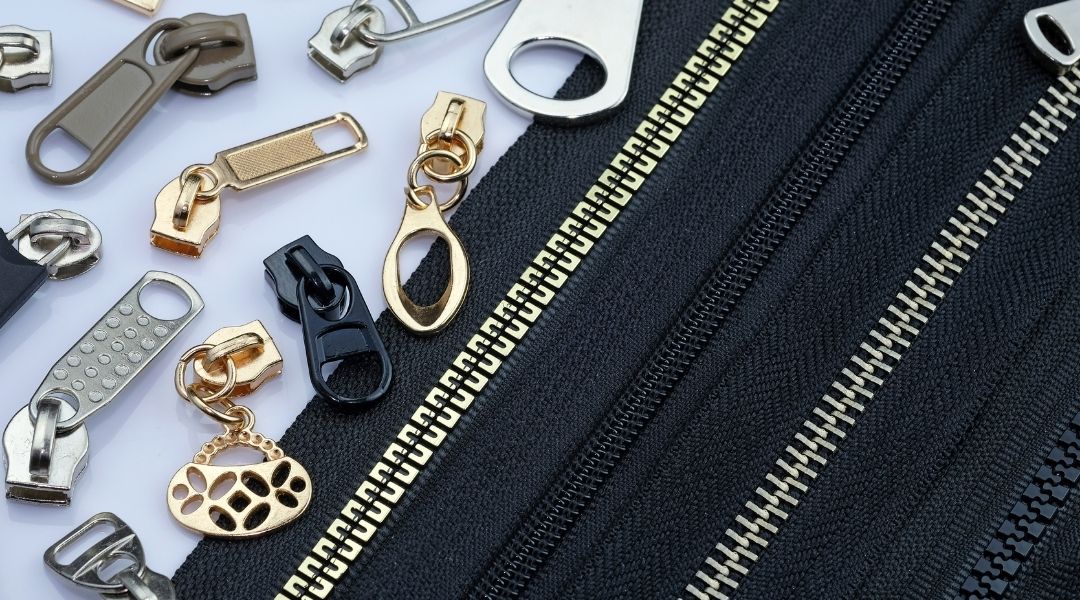
Are you trying to make or mend a jacket? Making your own clothes or repairing a broken zipper can seem like a large task if you’re not a guru at the sewing machine. Knowing how to choose the right zipper for your project could be the difference between keeping something you worked hard on and throwing it away. Keep reading to discover all your options for zippers.
You can tell what size your zipper is by looking at the tab. Most zippers list either a #5 or #10 to designate the zipper width for which the tab is meant. The wider the zipper, the larger the tab will be. Zippers are measured in millimeters with the teeth closed. The most common zipper sizes and their applications are as follows:
Most zippers are made of plastic or metal, but you must pay attention to more than that when choosing the right zipper for your project. VISLON zippers and ZIPLON zippers are both made of plastic. The latter is known as a “coil” zipper that allows it to bend, which is necessary for boats and tents. Further, some zippers are “concealed” or “invisible.”
The difference between a continuous and a finished zipper is that a finished zipper has a box and pin at one end that stops the zipper from running off the track. Finished zippers are known as jacket zippers since that is what they are commonly used for. Continuous zippers do not have a beginning or endpoint and are typically used with backpacks and tents.
Locking zipper sliders have a mechanism inside of them that keeps them in place unless the tab is pulled. Non-locking zippers will move with the slightest touch even if you pull on the teeth, while a locking zipper slider holds stronger. While a locking zipper must still be compatible with your size and material, you can use it with plastic or metal zippers.
You can stop worrying about choosing the right size and material when you use a FixNZip universal zipper repair kit. This no-sew option makes understanding how to choose the right zipper for your project much simpler. Take on any zipper encounter with confidence.
